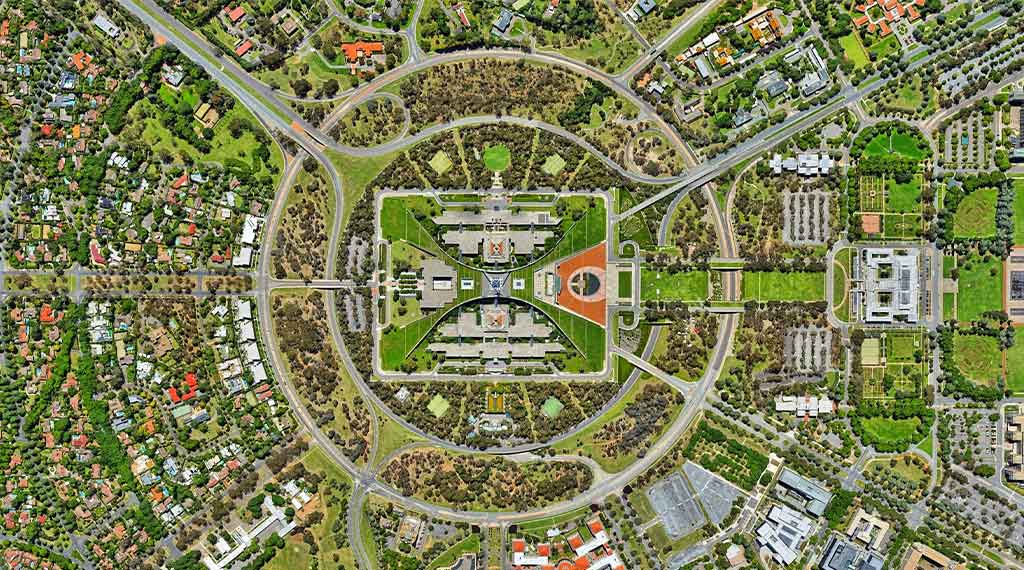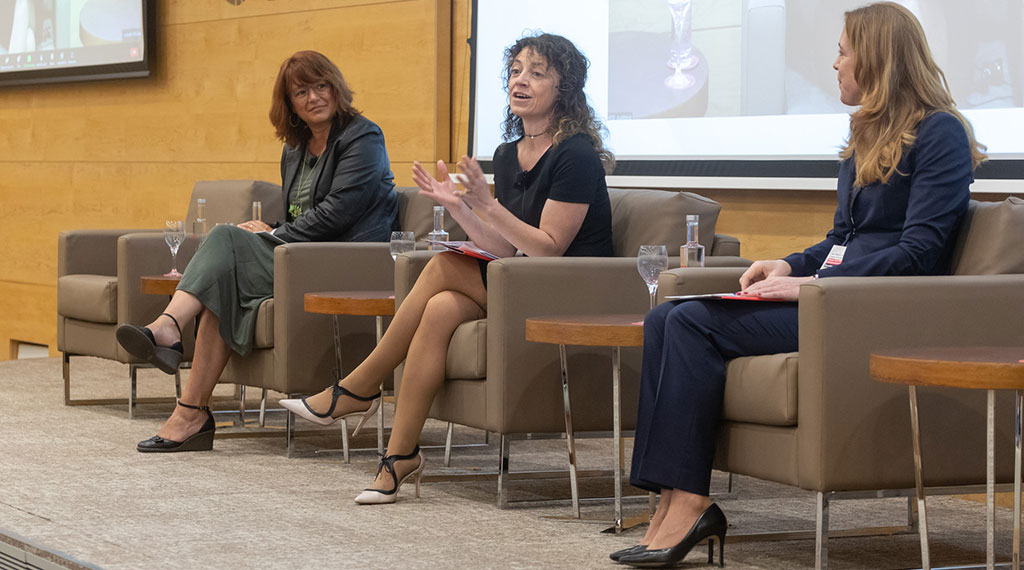Stories
The Double Advantage of Public-Private Partnerships
IESE Insight helps companies gain a deeper appreciation of the issues at stake
September 21, 2017

“What can we accomplish together that not only plays to our respective strengths and creates new opportunities for both of us, but that ultimately reaches the public we exist to serve?”
The answers to this question are contained in the latest issue of IESE Insight, which coincides with the recent 15th anniversary of IESE’s Public-Private Sector Research Center.
The IESE Insight dossier on public-private partnerships (PPPs) addresses topics that are central to business collaborations with the public sector. First, Joan E. Ricart, Pascual Berrone and the team of IESE’s PPP for Cities share business strategies for creating smart, sustainable cities.
Next, Steven Tadelis of Haas, Berkeley, examines public contracts. By understanding the rationale behind different contract types, incentives and the award process, project partners can avoid cost overruns and delays.
Rounding out the dossier, Xavier Vives, director of IESE’s Public-Private Sector Research Center, delves into the long-running debate over regulation: what’s the right balance to strike so that the private sector can do its job within reasonable parameters set by public policymakers?
Thought-Provoking Advice for Leaders
Understanding the psychology of money can also help businesses avoid costly mistakes in pricing their goods and services. As the world moves away from cash towards cards, coupons, reward points and mobile payments, NYU Stern’s Priya Raghubir cites research showing how consumers’ perception of monetary value is changing.
The magazine also contains two thought-provoking columns on leadership. IESE’s Marta Elvira highlights five aspects that should be prioritized when managing geographically dispersed teams. And the holistic leadership expert Tomoyoshi Noda argues that Whole Person Leadership gets closer to the real kind of leadership needed today.
In the interview, Steve Shiffman discusses his own leadership journey as CEO of Calvin Klein, which, he confesses, is not just a job but a passion. He sat down with Fabrizio Ferraro during Shiffmans attendance of the Global CEO Program at IESE’s Barcelona campus.
To transform the business, unite the brand and bring the best talent along with him, Shiffman no doubt had to practice the skills espoused in Kandarp Mehta and Ignacio Ripol‘s article on the manager as mediator. Creative communication, active listening and empathy are vital skills to reconcile conflicting interests.
As the closing feature on the 80th anniversary exhibition of “Guernica” at Madrid’s Reina Sofia Museum makes abundantly clear: managing is an art form.
Each magazine features a real-life business case in which executives are invited to share what they would do in that situation. The current issue discusses the Spanish soccer club Espanyol, while the next case is on financing through the crowd. Readers can post comments in the IESE Insight Case Forum on “Wave: Is the Time Right for Crowd Equity?” All cases can be purchased through IESE Publishing.
Members of the Alumni Association and subscribers to IESE Insight – a quarterly research-based magazine, published in separate English and Spanish editions – can read all these articles using their membership credentials.
Those who are neither Alumni nor subscribers can access the premium content by either subscribing to the magazine or buying the articles from IESE Publishing.
Read the latest IESE Insight magazine here.


